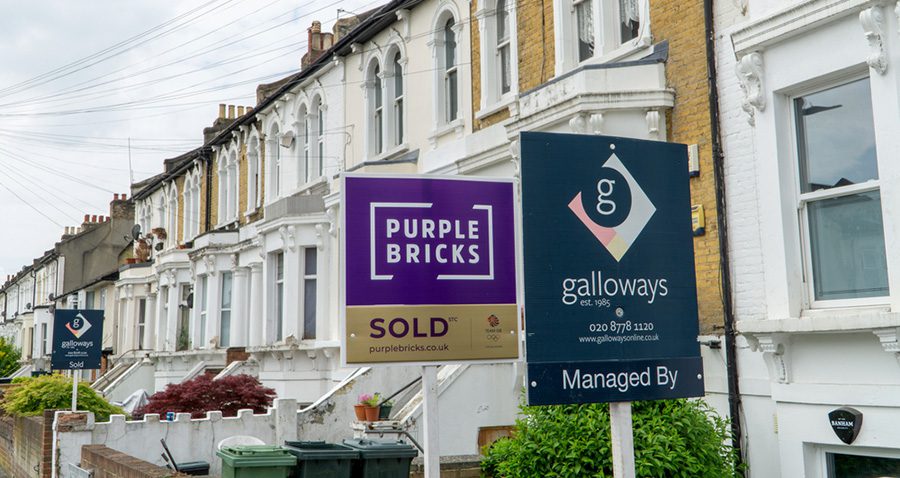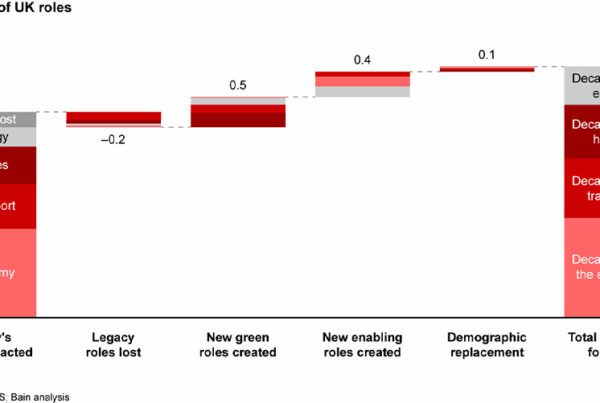The UK’s mortgage lending is forecast to slow dramatically in 2023 – something which is already seeing a rapid decline in house prices. According to a new report from EY, as much as 10% of value could be lost.
As the worsening economic environment continues to have a significant impact on households and businesses, interest rates have been hiked. According to the Bank of England, the move is intended to slow the rate of inflation in the UK, which is still hovering around 10%.
In practice, however, inflation remains high, while the increase in interest has served to make borrowing harder. In a market where wages have stagnated for over a decade, this is presenting a huge challenge to those who would otherwise be looking to get on the housing ladder – especially as rates are the highest they’ve been in a decade and are set to rise further.

According to EY’s ITEM Club Outlook for Financial Services, this could well cause a crisis in the UK’s mortgage market. While UK mortgage lending is expected to rise 4% this year, following strong demand in the first half of the year, the Big Four firm believes this will slow sharply in 2023 to just 0.7% growth, due to rising mortgage rates and falling real household incomes. This would be the lowest rate of mortgage growth since 2011 amid the aftermath of the financial crisis.
“[Rising rates] will put further pressure on already-strained finances and will have a knock-on effect on demand for most forms of bank lending next year, as potential homeowners postpone purchases and businesses pause investment,” explained Anna Anthony, UK Financial Services Managing Partner at EY. “Affordability is stretched and mortgage and business lending are likely to slow to a rate similar to that seen post-financial crisis.”
Overall housing market activity has remained fairly buoyant this year, in part as buyers looked to lock-in low rate deals, with mortgage lending forecast to grow 4% during 2022, or a net of £63 billion. But with the previously mentioned trends, and the fact real incomes are set for the biggest annual decline since the 1970s, this growth will also slow significantly. In 2023 mortgage lending is forecast to grow just 0.7%, or a net of £11 billion, with slightly higher growth of 1.4% forecast in 2024.
An unsteady housing market will also have negative consequences for insurance, while the recent fall in bond prices – which pushed up yields – has not been helpful for insurers’ balance sheets. For general insurers, weaker consumer demand, exacerbated by cost of living pressures, and the risk of a property market downturn, affecting housing transactions and new car sales, will affect profitability. Overall, non-life premium income is forecast to grow 4.1% this year, slowing to 1.5% in 2023.
Amid all this, house prices are beginning to fall across the UK – threatening the value many households thought they had seen added to properties which they had already purchased at a massively inflated rate. Reports from Halifax and Nationwide, have noted house prices dropping by 0.9% in October, and economists since suggesting this might well mark the start of a period of extended drops. In October, for example, NatWest Group forecast prices would drop by 7% next year.
Martin Beck, the Chief Economic Adviser to the EY Item Club, has similarly noted expectations for a major decline. He said he expects price declines of between 5% and 10% – in part because the government’s change in policy under new Prime Minister Rishi Sunak and Chancellor Jeremy Hunt had lowered expectations for interest rate increases.
He added, “With the average house price having risen 25% since the start of 2020 alone, such a fall would not be overly problematic. However, it would likely prompt a more cautious attitude among potential buyers and lenders and have a long-lasting dampening effect on the property market, even if the easing in market turbulence is sustained and market interest rates fall back to levels more consistent with the economic outlook.”




